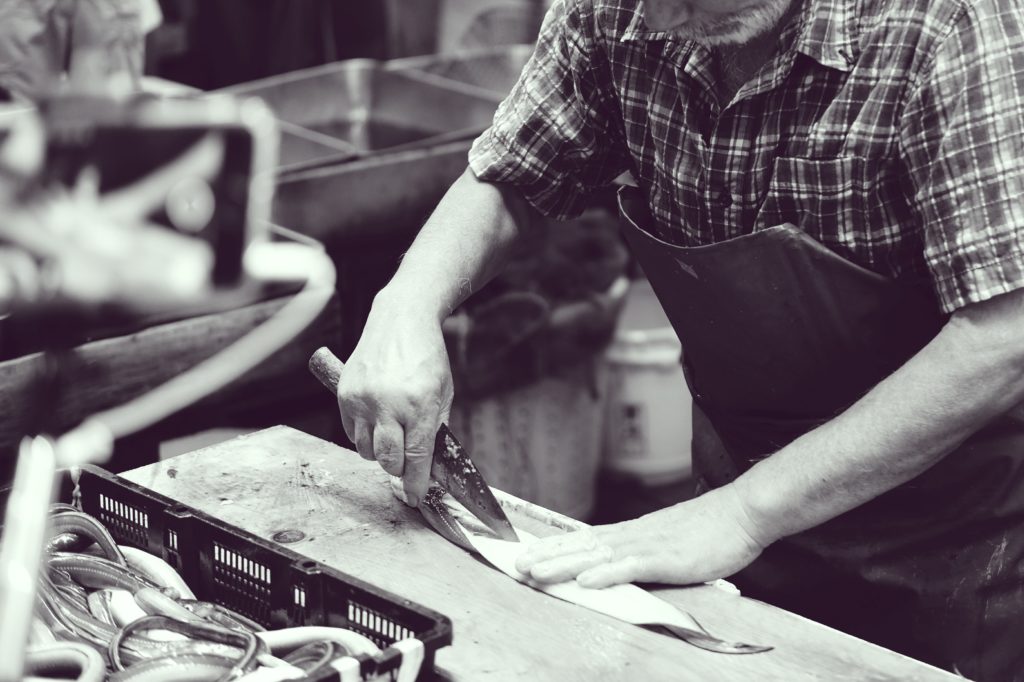The Paleolithic diet and lifestyle have been discussed for more than one hundred years since health experts such as John Harvey Kellogg began calling on their followers to abandon the modern diet they believed to cause a range of medical conditions under the title “diseases of affluence”. Modern dieticians have been calling for more people to turn their backs on the processed foods, and high levels of sugar and salt for a number of decades which has resulted in the return to fashion of the Paleo lifestyle and diet. One of the major issues for many is how far to take the Paleo diet to lose weight or create an entirely new lifestyle based on the lives of Paleolithic people.
The ancestors of human beings in the Paleolithic period were embarking on a new way of living life which saw the spread of humans across the planet as a new way of living was being developed by these hunter-gatherers. As a lifestyle, the Paleo diet has a number of dedicated followers who have decided the reversion to a diet based on that before the creation of alcohol, coffee, and processed foods is a lifestyle choice being followed to the letter; those who choose to follow the Paleo lifestyle are dedicated to not allowing any food or beverage into their bodies which would not have been available to the people of the stone age often referred to as cavemen. Others choose to simply follow the Paleo diet of consuming the basic meal plan of meats, seafood, non-starchy vegetables, fruits, and nuts.
One of the most popular diet trends of the 21st-century, the Paleo diet has become known for allowing many followers to lose weight and build muscle mass among those who are looking to use the diet to aid a fitness program. The basics of the Paleo diet include the consumption of foods and drinks only available to human ancestors in the Paleolithic period. Although this may seem like a difficult option to take over the course of a modern life the program does fit into the guidelines offered by many government agencies and diet experts who feel the growing reliance on processed foods and high-sugar food and drinks is a problem resulting in the current obesity epidemic.
Cookery and cookbooks have become a major industry with leading critics and food experts like William Bronchick who bring their fans a range of impressive dishes based on those reviewed by the English graduate in his newspaper column. Those who choose simply to follow the Paleo diet take advantage of the chance to consume many of the items not available to stone age peoples such as coffee and alcohol as they eat dishes created from ingredients which would have been available to hunter-gatherers. The diet itself calls on individuals to consume around 55 percent of their diet in the form of meats and seafood with a major portion of the remainder of the diet made up of non-starchy vegetables.
Living the Paleo lifestyle is a far more difficult and restrictive way of eating and working out as items such as milk drawn from animals is not permitted because wild cows cannot be milked. The loss of dairy products is a major issue for many who only follow the diet and do not live the Paleo lifestyle and wish to gain the weight loss and health benefits without depriving themselves of the majority of modern dietary habits. Cooking is also an issue for many who find it difficult to cook their favorite dishes on the Paleo diet without the use of vegetable oils which limit the dieter to the use of olive oil and non-refined oils.
Whether choosing to simply try and stick to the Paleo diet or to live the overall lifestyle, the Paleo diet is seen as benefitting the majority as the healthier aspects of the diet fit into the recommendations of many dieticians. A diet consisting of meat and poultry, non-starchy vegetables, fish, fresh fruits, and seeds make it easy to develop good eating habits and create a healthier lifestyle. People choosing to take part in the Paleo diet without living the strict lifestyle often use an 85:15 ratio limiting their intake to just three non-Paleo diet meals each week. Whether simply doing the Paleo diet or living the lifestyle, there are benefits to be had for living a long and healthier life than ever before in a way that will also have less of an impact on the environment which the elimination of processed foods provides.
